6. Tropical Malady (2004)
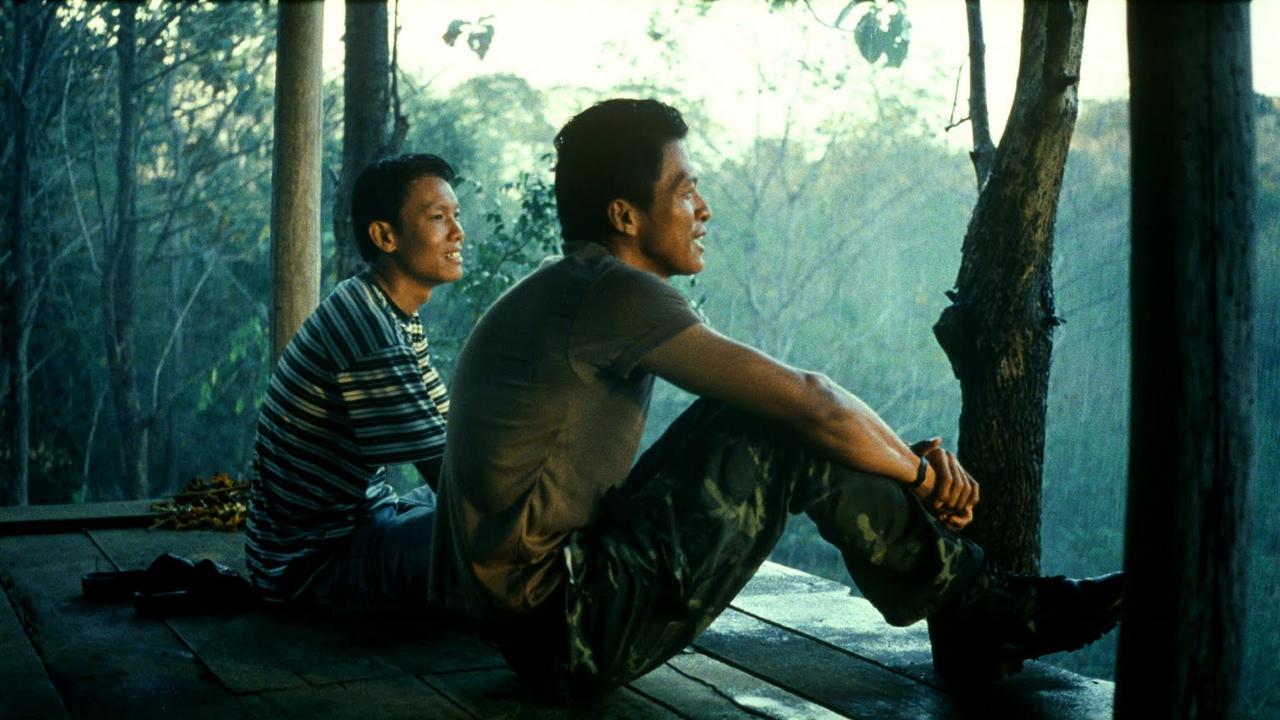
“Tropical Malady,” the winner of the Special Jury Prize at the 57th Cannes Film Festival, is one of the most extraordinary productions in the original filmography of one of Thailand’s most prolific artists, Apichatpong Weerasethakul (“Uncle Boonmee Who Can Recall His Past Lives,” “Blissfully Yours”).
In the first part, which seems to be a combination of two medium-length films, the evident love of a soldier and a young man who works in the ice cutting business is shown in the daily life of today’s Thailand. Then the film suddenly evolves in an interesting and mysterious direction, and the story of a shaman who can turn into a tiger begins.
Then, Weerasethakul sends the characters in the first part to the depths of the forest. Through cinematizing this abstract inner search in the darkness, which is mixed with the myths of his country, he creates a narrative that can only be felt by the power of cinema.
It creates a seductive atmosphere that maintains calmness throughout the film, and also insects, monkeys, and tiger motifs lead us to concepts such as nature, death, life, and reincarnation. Like his other films, “Tropical Malady” is a very powerful and sensuous work.
7. You, the Living (2007)
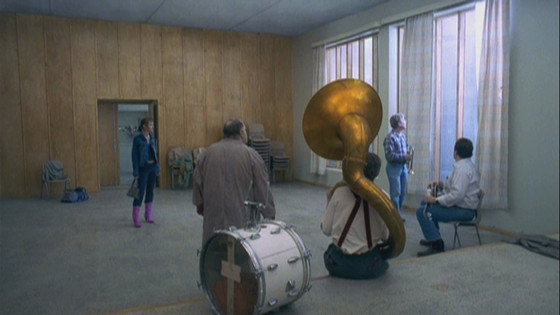
Although he is not one of the most prolific names in European cinema, Roy Andersson is admirable thanks to his inimitable style.
“You, the Living” is the second film in his Living Trilogy, preceded by “Songs from the Second Floor (2000)” and followed by “A Pigeon Sat on a Branch Reflecting on Existence (2014)”.
“You, the Living,” which critically approaches humanity and the modern world, evinces its problem with the name. For Andersson, the “living” group is a selfish, arrogant, and immoral ensemble of people who think that they live but actually rot inside. To explain the effects of this alienation, the director uses again spiritually worn and deformed characters.
There is no clear plot in the movie. We watch people who experience emotional outbursts in over 50 different scenes, most with a tragicomic undertone. Andersson presents the ordinary and alienated life of modern man with an extraordinary cinematic language and an absurd humor.
It draws a closed and decaying urban motif, and pastel shades from gray to green create a suitable atmosphere that reflects Sweden’s cold world.
The hilarious and tragicomic events salute our daily lives and these become examples of how we act in society.
8. Elena (2011)
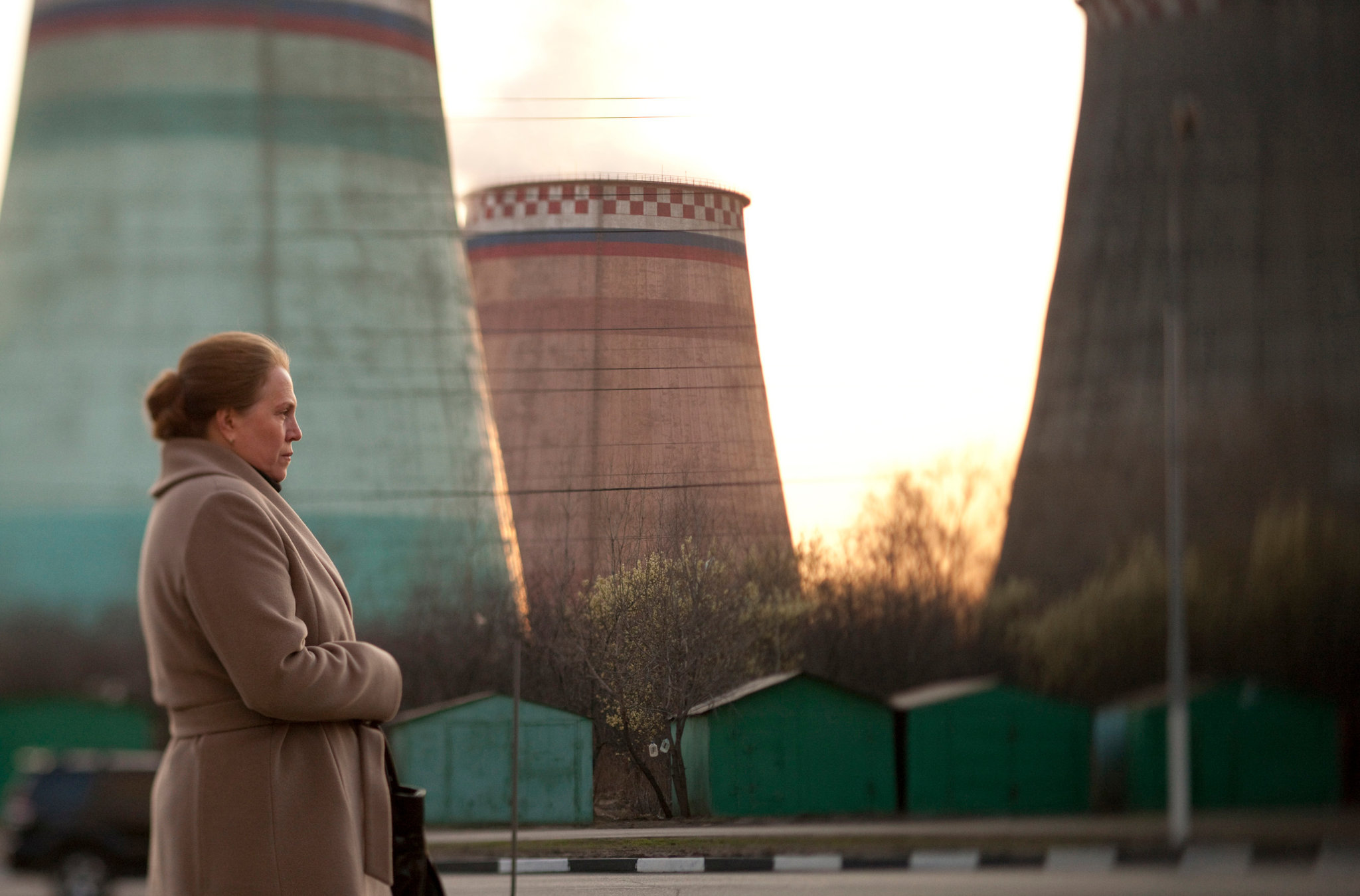
Andrey Zvyagintsev’s film, “Elena,” which takes his camera from country to town, takes the audience on a journey of conscience or, more generally, responsibility.
Zvyagintsev is a frequently mentioned director around the world after “The Return,” “The Banishment” and “Leviathan.” In terms of both the awards he won, the atmosphere he created in his films, and the subjects he dealt with, the director was able to gain an important place among the new generation of Russian filmmakers.
Elena, a qualified nurse, marries Vladimir, a rich, elderly man in need of home care. They both are somehow problematic and distant people to their children. When Vladimir has a heart attack and is hospitalized, he decides to have his will printed. However, Elena is not in this will…
Elena, who tries to keep her son’s family from breaking up, remains in a moral dilemma between her husband and her family.
It focuses on a fundamental issue of concern to all humanity, and tries to reason and ask new questions rather than settle for ready answers. Zvyagintsev travels on the line of good and evil, old and new, modern and traditional, the possibilities and impossibilities, choosing and loss.
The serene structure, simplicity, naturalness and, of course, Philip Glass’s great music never fails to support this harmony cinematographically.
The director manages to give us space and time to think and tells his story in a heavy but confident way. He continues to look at sociological, psychological, and economic issues through family and class relations.
Zvyagintsev follows Dostoyevsky’s path, and examines the truth and the wrong by asking questions about human nature. In doing so, he points out that what is wrong is a corrupt system that connects people. And the lack of explicit time and place elements makes the message of the film more universal.
9. Bad Boy Bubby (1993)
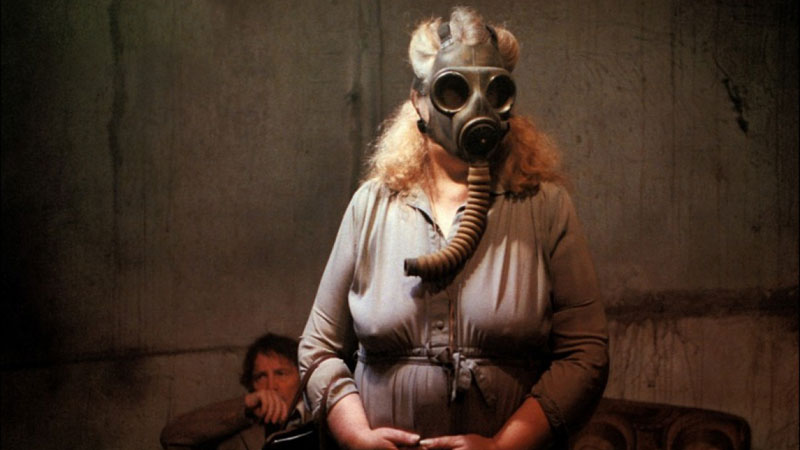
“Bad Boy Bubby” is an Australian-Italian black comedy drama film written and directed by Rolf de Heer.
Bubby spends 35 years of his life being locked in the basement by his mother. She convinced him that the weather outside has been poisonous all these years. But when his father, whom he has not seen for years, returns, Bubby learns the facts of life and meets the outside world for the first time.
Heer divides his film into three parts in a very balanced way. In the first part, he reveals Bubby’s depressing bondage with the wonderful visuality and masterful art design that makes the audience claustrophobic.
In the second part of the story, the director demonstrates the confusion of Bubby, who suddenly escapes from bondage and suddenly interferes with people. At the end of the story, we find an interesting finale that contrasts with the beginning.
The splendid performance of Nicholas Hope, at probably the peak of his career, reflects Bubby’s unbalanced psychology quite successfully.
The film, which disregards social moral values, has very disturbing and at the same time very funny structure. It says important things about religion, sexuality, sexual identity, music, and the culture of eating and drinking, and even insensitivity to animal massacres. By examining the limits of psychology, “Bad Boy Bubby” becomes absolutely one of the most extraordinary films that must be experienced.
10. Ratcatcher (1999)
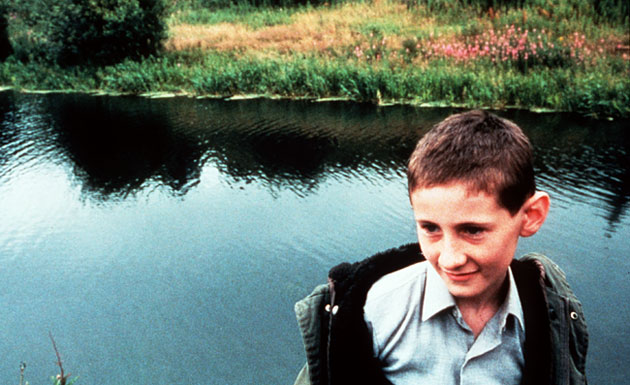
Lynne Ramsay (“You Were Never Really Here,” “We Need to Talk About Kevin,” “Morvern Callar”) is absolutely one of the most special filmmakers in our era. In her first feature, which reminds of Ken Loach’s “Kes” in many ways, she manages to create wonderful landscapes with the tradition of photography.
The 12-year-old James Gillespie (Bill Eadie) lives with his drunkard father and quiet but benign mother in the poor working-class Govan neighborhood in Glasgow, Scotland in the mid-1970s.
As the child watches the world change around him, his family wants them to be given a municipality house in a better area. James, obsessed with his secret, gradually begins to close himself off to his family and create a new world in a nearby canal among the pile of garbage from the long-term strike of the cleaning workers.
It is very important in terms of reflecting a region perfectly. Ramsay makes us look at the world through the eyes of James, and this vivid, bold, and in-depth portrait story inevitably haunts us.
Even though it was screened in the Un Certain Regard section at the 1999 Cannes Film Festival and received generally positive reviews from critics, “Ratcatcher” never received a wide cinematic release. And with that, it becomes very appealing for the ones who want to watch an intense arthouse film.